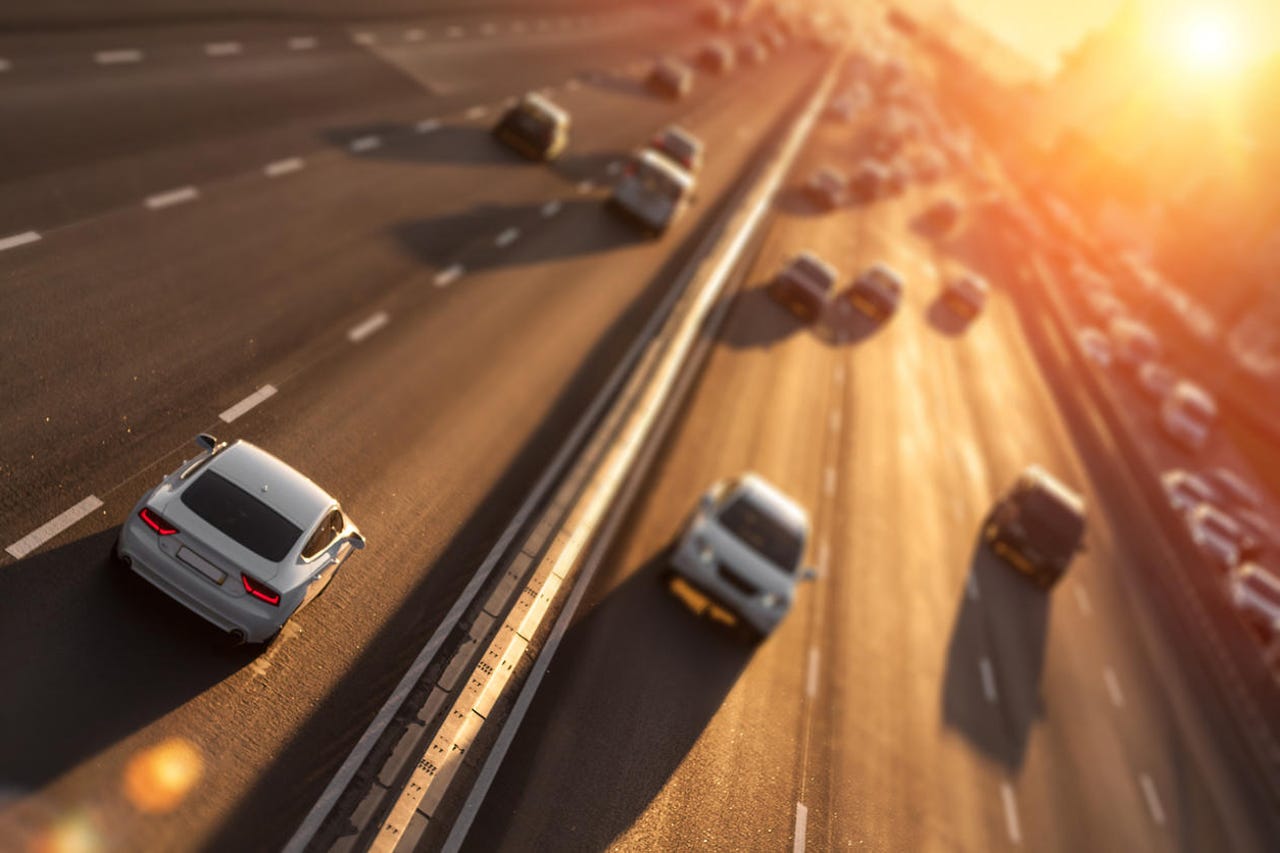QUT calls for industry-government alliances to make autonomous cars a reality


Researchers from the Queensland University of Technology (QUT) have touted the use of artificial intelligence to determine the feasibility of autonomous cars on Australian roads.
The QUT Centre for Robotics has conducted research projects into mapping for autonomous cars using AI. The centre's acting director Professor Michael Milford said map updating is a major challenge for autonomous vehicle adoption.
Milford said given mapping isn't a globally mature field, there are opportunities for Australia to catch up quickly.
"Current out-of-the-box European mapping solutions don't recognise unique Australian signs or infrastructure and require customisation," he said. "Widespread autonomous vehicles use is some time away, but the primary aim now is to make sure the digital, physical, and regulatory infrastructure is ready to go.
See also: Robots to assist researchers on Antarctic preservation program
"We need to plan and design technology that is fit for purpose from the very beginning, not shoehorn it in at the very end when we realise the tech doesn't do what it's meant to do."
Milford has a vision for work to be done in partnership with map creators, localisation services that let vehicles know where they are on a map, and governments for infrastructure updates and privacy regulation.
With the QUT centre specialising in robotic and autonomous vehicle positioning research, it's now working with government and industry on the future of HD maps by investigating the ideal models for government-industry co-work.
"Unless a car knows explicitly about environmental changes like road works, for example, positioning systems will find it hard to work well," he explained.
"Government notifications around these events is potentially going to be very important. It must also have meaningful involvement or oversight because of the significant data and privacy implications of these maps."
There's also work to be done in updating positioning systems, the professor added. He said current positioning systems work well most of the time, but there are failure points like heavy rain and tunnels where the technology is arguably not yet reliable enough.
"There'd be nothing worse than a car thinking it's in one location, but actually being in another and erroneously referencing the wrong section of the HD map as a result of that positioning error," Milford said.
"If we started a staged approach toward this collaborative model now, within two years we would have a working prototype for how information from private map providers, the government, and possibly from vehicles on the road, could be shared between all of those key stakeholders to ensure maps are as accurate and up to date as possible."
RELATED COVERAGE
Will the pandemic map a new course for autonomous cars?
In a future where human contacts will need greater protection, the driverless car could end up giving people greater control than they had before.
We've been promised driverless cars for years. So why aren't they on the roads yet?
The technology underpinning autonomous vehicles exists, but everything else is yet to be done.
This is how self-driving cars are becoming blueprints for smarter surgeries
The same technology in your cockpit could influence future surgical procedures.
The car of the future is connected, autonomous, shared, and electric
The automotive industry is undergoing massive digital transformation. By 2030, cars will be more connected, autonomous, shared, and electric.